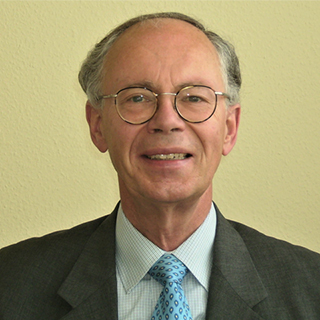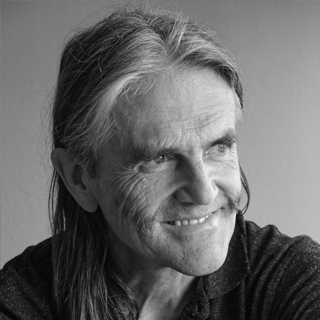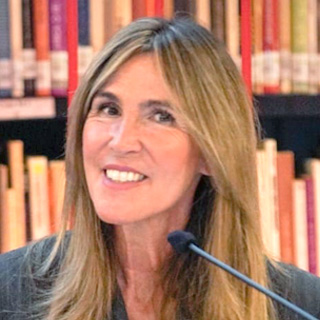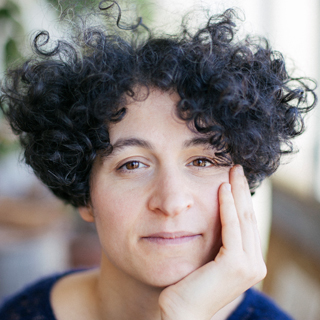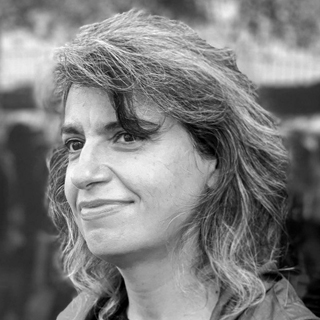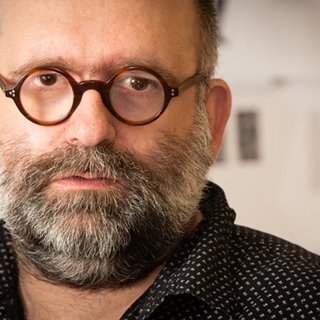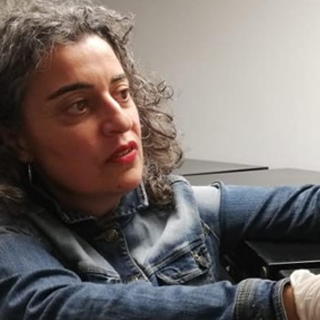Search
Archiving-Exhibiting
Archives and, therefore, art archives as well, are no longer understood as organic series of immobile documents produced by a person or an institution; they are constantly changing living places containing documents that are permanently activated, by archivists, students and researchers. Moreover, modern archive doctrine has omitted the concept of author in the archive, despite the fact that some archivistic practices turn the action into a joint creation, with multi-authorship, in which every step, activation or process creates a semantically new document that involves an author.
In this context, the Museu Nacional d’Art de Catalunya and the Museu Picasso Barcelona are pooling knowledge and resources to organize an International symposium on archive practice in 21st-century art that will bring together archivists, curators, artists, historians and researchers from all over the world.
SCIENTIFIC COMMITTE
- Pilar Cuerva, Head of Centre de Recerca i Coneixement (CREC) of the Museu Nacional d’Art de Catalunya
- Sílvia Domènech, Head of the Centre de Coneixement i Recerca of the Museu Picasso Barcelona
- Jorge Blasco, Researcher, writer and curator
- Mela Dávila, curator and consultant on art archives and artist’s publications
- Remei Barbero, Archivist of the Museu Nacional d’Art de Catalunya
- Núria Solé Bardalet, Archivist of the Museu Picasso Barcelona
The International symposium revolves around two coincident essential actions: ARCHIVING understood as a practice constructed reflexively and EXHIBITING understood as the territory in which archiving becomes a public act.
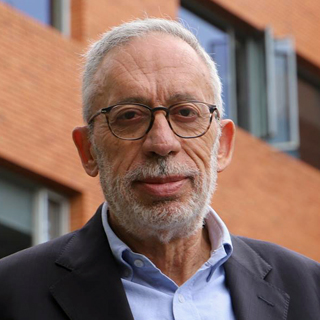
Coordinator of the Cultural Dynamization Work Group of the Archives of the Association of Latin-American Archivists (ALA-GTDCA).
Arxius polièdrics, continguts plurals
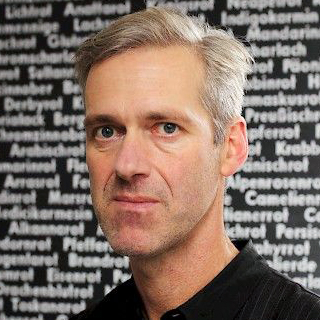
Productive Archiving: Archival Practices by Artists
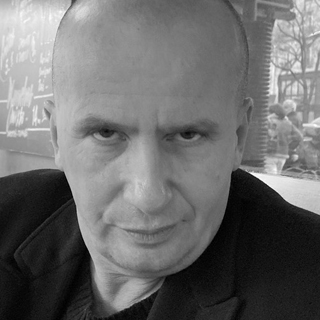
Researcher in history at CNRS (IRIS/Ehess, Paris-Condorcet)
Maniements d’archives
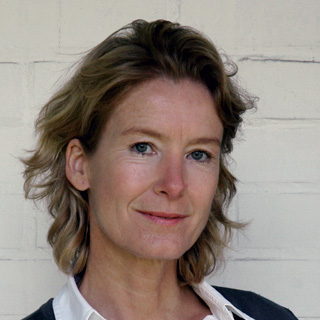
Professor of Art History and Visual Culture at the Academy of Fine Arts Leipzig
Archives on Show
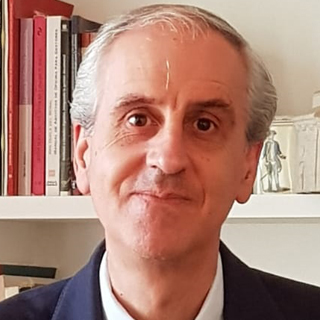
Professor of the Faculty of Documentation and Communication Sciences, Universidad de Extremadura
El documento a través del arte: un recorrido por las representaciones de los documentos de archivo en las obras de la National Gallery
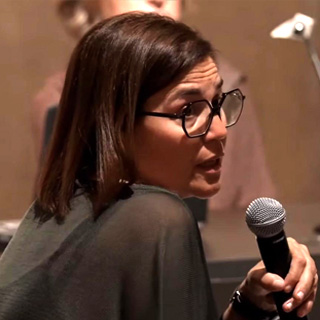
Head of the Research and Knowledge Centre of the Museu Nacional d’Art de Catalunya
Els límits de la voluntat en els arxius dels artistes. El fons Hermen Anglada Camarasa com a exemple
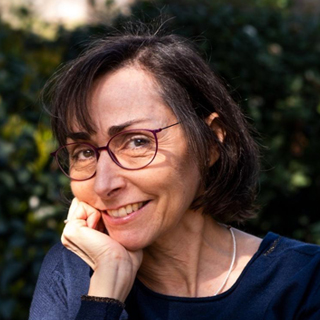
Head of the Knowledge and Research Centre of the Museu Picasso in Barcelona
Cas Arxiu Brigitte Baer: una estratigrafia
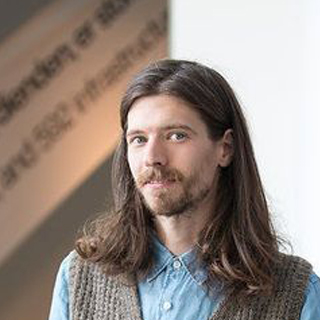
Archivist and historian
Reactivating Historical Archives in Art and Design Museums
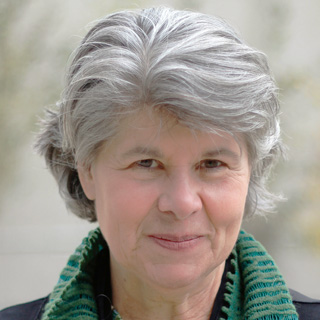
Independent consultant in records, archives, and information management
Art, Artifice, Archives: Considering the links between facts, evidence and truth
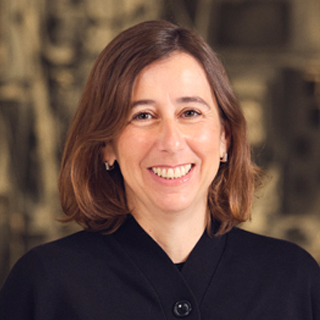
Archivist of the Museu Picasso Barcelona
Cas Arxiu Brigitte Baer: una estratigrafia
Museu Picasso
MORNING - ARCHIVINGView Video
View Video
View Video
View Video
Discussion moderated by Jorge Blasco, researcher, writer and curator
Participation of all the speakers in the morning session
View Video
AFTERNOON - EXHIBITING
Keynote speech
View Video
View Video
Discussion moderated by Mela Dávila, independent researcher, curator and consultant on art archives and artist’s publications
Participation of all the speakers in the afternoon session
View Video
Museu Nacional d'Art de Catalunya
MORNING - ARCHIVINGView Video
View Video
View Video
View Video
Discussion moderated by Jorge Blasco, researcher, writer and curator
Participation of all the speakers in the morning session
View Video
AFTERNOON - EXHIBITING
Keynote speech
View Video
View Video
Discussion moderated by Mela Dávila, researcher, curator and consultant on art archives and artist’s publications
Participation of all the speakers in the afternoon session
View Video
View Video
Archives are important because they preserve documents, images and material objects; and on the basis of what archives collect, memories can be activated and stories can be told. There is no reason to idealise archives though, because they are, by definition, based on inclusions and exclusions, as a result of which, only part of the story or only specific stories can be told. On top of that, it is impossible to escape the homogenising effect of the archive with its conventional categorisations and classifications. In his presentation, Van Alphen will focus on some archival practices by artists, how they challenge the problem of archival homogenisation and classification, and how they make use of archives in order to explore alternative historical knowledge and narratives.
Ramon Alberch
The idea is to represent the multifaceted nature of the archives, the remarkable diversity of their informative content (which each user/researcher will get the most out of it) and the plurality of interlocutors, from all kinds of disciplines. This will be achieved through the presentation of six cases of certain relevance, referring to the archive as a space of power and secrecy, as a depository of the “new” memory, as a literary and cinephile object, as a witness to a reconstructed past, as a forerunner and repository of universal knowledge, and finally, to show the importance of apparently “harmless” documents, which deserve to be destroyed due to their apparent irrelevance but which, put in context, reveal extraordinary stories.
Philippe Artières
Old papers do not become archives until they have had a long life: a series of gestures, that, first of all, have the fact of archiving: archives are living objects that we handle, transfer and show according to different methods: by composing albums or collections, or organizing small displays during family meetings. Archives, in order to be maintained as such, are transformed, manipulated, eroded … How can we transfer these vernacular practices to institutional places of heritage (the museum or archive centre)?
Beatrice von Bismark
Archives on Show brings the productive and at the same time ambivalent relationship between archive and exhibition into focus. It starts from the assumption that only when the exhibition becomes recognisable as different from the archive, does the archive come into view in its own constructedness. In other words, particularly in the deviation of the curatorial situation of the archive, do the conditions under which the archive came into being become apparent, and they continue to exist today and could become relevant for the future. The talk will discuss curatorial procedures and strategies that participate in the reformulation of the aesthetic, social and political meaning and function of archives.
José Luis Bonal Zazo
An analysis of the representation of the archival document in the works of the National Gallery, London. Using a content analysis methodology, the representation of archival documents is studied, along with their relationship with the activities of people’s daily lives, in paintings from the 14th to 19th centuries preserved at the National Gallery in London. The study focuses on the following aspects: the chronological evolution of the image of the documents, the genres in which it is most common to find representations of documents, the functional environment and the sphere of activity in which the represented documents are found, the document types reflected in the works, and the way in which the documents are represented, in order to assess their relevance in the work and the intention of the author. The study will allow us to appreciate the image that the authors had of the documents in their time, and, by extension, the image of the documents in the society of the present day. The work represents a contribution to the history of the archival document, taking artistic works as a reference source.
Pilar Cuerva
In the presentation, two epistemological aspects of the archives are analysed through the example of the artist Hermen Anglada Camarasa. On one hand, there is a quest for spontaneity in the organic creation of documents, reflected in the definitions that emanate from archival science, in contrast to the exercising of a desire to create the archive premeditatedly. On the other hand, there is the second aspect of reflection which addresses the temporal limit of the painter’s archive and how the character’s desire for transcendence overflows with the contour of the background, beyond the margins provided by archival science.
Sílvia Doménech and Núria Solé Bardalet
Considering making the Archive of the Museu Picasso of Barcelona available to the scientific community, respecting its living and mutant identity and working in continuity with the Museum’s collection of works, the Brigitte Baer Archive case (Baer is a specialist and reference in the field of Picasso’s graphic work) is presented as an archival praxis that gives prominence to the framework and historicity of the archive. The process of creating this collection, its journey and its substance, invite us to propose stratigraphic equations in its design and to conceive a fluid representation through which to travel.
Michael Karabinos
In this presentation, Michael Karabinos will discuss how art and design museums can (re)activate their historical archives. Through cases at the Van Abbemuseum (Eindhoven, the Netherlands) and Het Nieuwe Instituut (Rotterdam, the Netherlands) Karabinos will explore various projects that involved exhibiting, acquiring and reimagining the archival collections of these museums. Particular attention will be paid to the Collecting Otherwise working group at Het Nieuwe Instituut and their work in the National Collection of Dutch Architecture and Urban Planning.
Eric Ketelaar
Many artists in making the “archival turn”, engage with a metaphorical archive. There is nothing wrong with that. It is worthwhile to observe how artists are engaging with the archive(s), if only because that can show how archives are situated in society. Nevertheless, this paper will argue that both artists and archivists, as well as the public at large, could benefit from exploring and comprehending what is lost and gained in the translation from the ontological and epistemological archive(s) into a “quasi-archival logic”. Such comprehension is essential in designing policies and practices for archiving living works of art.
Laura Millar
Facts, evidence and truth are not the same. Without access to evidence, societies cannot understand fact-based truth. For millennia, archivists have been responsible for capturing, preserving and making available authentic and reliable sources of evidence. But as digital technologies transform the traditional archival role, the archivist is being pulled away from the care of static, “old” documentary sources, towards a much more interventionist role, actively capturing and recording the present. How should the archivist adapt to this changing role? What effect will this change in role have on archival work: from notions of provenance and ownership to the idea of the archivist as neutral custodian?
Perejaume
I believe in the experience of speech, in the word that is present when it takes place, wherever it is. Excessive anticipation rather spoils the possible vividness and possible surprise of everything that the word can come to tell us. I would appreciate it if you would trust me, as I trust my word, and, if I may ask, not anticipate my story. In fact, by now, beyond the name “The life of the works”, I still haven’t quite figured it out.
Debora Rossi
The Historical Archive of Contemporary Arts (ASAC) has been collecting and preserving the documentary heritage of La Biennale di Venezia since 1895. The Archive, however, has also become a platform in which to create and develop new activities such as workshops, colleges, exhibitions, and research projects. The artistic directors, as part of their assignment, also create specific exhibitions using our archives materials. In 2020, a special exhibition was organised in the Central Pavilion at the Giardini, Le muse inquiete (The Disquieted Muses). When La Biennale di Venezia meets History, curated for the first time together with the artistic directors of the six Biennale departments.
Mireia c. Saladrigues
What does a hammer blow to a Michelangelo sculpture tell us about relationships with art? What sources of
information, beyond archives and people, does an act of iconoclasm lead to? How was scientific data obtained from the
detached fragments of the David? How can the marble dust be included when it is also a witness to the
attack?
During the performative conference, Saladrigues activates documents, narratives, and other materials, while
navigating between police and scientific archives, speculative fiction, autobiography, and geology. These
materials fed the project Crederrei, se fussi di sasso, produced in 2022 at the Royal Academy of Spain in Rome, and also will
be published in 2024 in Martellata, by Mousse Publishing.
Catarina Simao
A collection of African artifacts belonging to the former National Lyceum of Lamego, in the North of Portugal, was placed in the custody of Lamego’s Museum in 1980. The inventory includes a colour photograph for each of the 288 pieces of the collection, but the description is brief, with gaps in the identification of provenance and the donor’s name. Regarding its previous use or other elements of the object’s life in Portugal, the inventory is silent. This poor level of information forces us to reproduce the general geographical reference “Africa” for their designation, protecting each of these pieces from contacting with their historicity – in the same way as the 19th-century ethnographic archive did. In 2021, the Lamego Museum, in partnership with the Latino Coelho high school, invited Catarina Simão to develop an artistic and pedagogical project called “Sala Colonial” in reference to the room where, from 1938 onwards, those artifacts were displayed at the school, among maps, books, photographs, skulls of animals, and a Portuguese padrão from the time of the “Discoveries”.
Venue: Auditorium (Sala d'actes) of the Museu Picasso (Pl. Sabartés, 1) and auditorium
(Auditori)
of the Museu Nacional d’Art de Catalunya (Parc de Montjüic)
Language: The presentations will be given in the language of the title published in the
program.
Service of simultaneous translation into Catalan, Spanish and English is available
Price: 40 € (on site). Free (online).
40% reduction for the following groups:
- People between 18 and 25 years, and 65 years and over.
- Unemployed people or with the ‘Targeta Rosa Reduïda’.
- Card from the Catalonia public library network.
- University students with student ID.
- Amics Museu Nacional d’Art de Catalunya card.
- Members of Associació de Professionals de l’Arxivística i la Gestió de Documents de Catalunya.
Museu Picasso de Barcelona
How to get to the Museu Picasso in Barcelona
Metro
Line L4: Jaume I
Line L1: Arc de Triomf
Bus
120, 45, V15 i V17: Via Laietana
39, 51 i H14: Passeig Picasso
H14, 45 i 51: Pla de Palau
120: Princesa
Bicycle
See the nearest Bicing stations.
Museu Nacional d'Art de Catalunya
How to get to the Museu Nacional d'Art de Catalunya
Metro
Lines L1, L3: Pl. Espanya
Buses
55 (the one that leaves the closest, stop: Museu Nacional
d’Art de Catalunya/Museu Etnològic)
150 (Pl. Espanya-Av. de l’Estadi/Piscines Picornell-Museu Nacional)
13 (Av. Francesc Ferrer i Guàrdia/Poble Espanyol) To Pl. Espanya 65, 79, 109, 165, D20, D40, H12, V7
Tourist Bus
Bus Turístic (Museu Nacional) / Barcelona City Tour
(Museu Nacional)
Train
FGC L8, R5, R6, R50, R60, S4, S8, S33 (Station Espanya)
Funicular
Metro Paral·lel (integrated fare) – Funicular de Montjuïc
On foot
Plaça d’Espanya - Avinguda Maria Cristina – Escalators up to the museum
Carrer Lleida - Teatre Mercat de les Flors and Teatre Grec – Stairs to the museum
Anella Olímpica - Escalators to the museum
Car
Paid public car park for cars and coaches with places
for persons with reduced mobility next to the museum
Bicycle
Bicing (carrer França Xica and plaça d’Espanya)









